Wood has long been used to heat houses, but in order to constantly keep burning, it is necessary to put logs on again and again. With the development of the coal mining industry, more and more people began to use coal: it gives more heat, burns longer. With the correct laying of the furnace, a portion of coal, poured into the boiler in the evening, will maintain a stable temperature all night.
The history of the formation of coal and its types
The whole process of coal formation can be divided into two main stages: the formation of peat and the process of coalification itself - the transformation of peat into coal.
Peat was formed on vast expanses covered with water from plant residues of varying degrees of decomposition. Some of the plants rotted completely to a gel-like state, some retained their cellular structure. Their remains accumulated at the bottom of reservoirs, which gradually turned into swamps. A prerequisite for the formation of peat is the absence of oxygen. There was little oxygen under the water column; during the decomposition of the remains, hydrogen sulfide, methane and carbon dioxide were released, which contributed to the hardening of the remains. Peat was formed.
But not all peatlands were converted to coal. The coalification process requires: high pressure, high temperature and a long period of time. Depending on the presence of these conditions, the formation of coal took place or not. First, the peat was brought in by sedimentary rocks, which increased the pressure and raised the temperature inside the peat layer. Under such conditions, brown coal was formed - the first stage of coalification. Seams have been shifted in some areas, causing brown coal seams to subside (some of the discovered deposits are at depths of more than 6,000 meters). In places, these processes were accompanied by the rise of magma and volcanic eruptions. High pressure, lack of oxygen and high temperatures contributed to the fact that there was less and less moisture and natural gases in brown coal, and more and more carbon. With the displacement of water and gases, brown coal turned into bituminous, then, in the presence of high temperature, into anthracite. The main difference between brown coal and hard coal is that brown coal contains more moisture and natural gases and less carbon, which affects the amount of heat released during combustion.
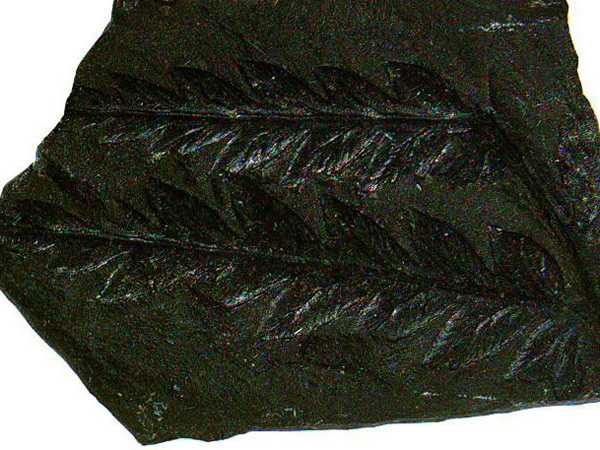
Today, the age of coal deposits is determined by plant remains. The most ancient date back to the Carboniferous period (345-280 million years ago). During this period, most of the coal basins of North America (east and center of the USA), the center and west of Europe, southern Africa, China, and India were formed. In Eurasia, most of the coal deposits were formed in the Permian period, some of the small coal basins in Europe date back to the Triassic period. The activity of coal formation increases towards the end of the Jurassic and in the Cretaceous. Around this time, deposits were formed in the east of Europe, in the Rocky Mountains of America, in Indochina and the center of Asia. Later, mainly brown coals and peat deposits were formed.
Types of coal
Coal is classified according to its moisture content, natural gases and carbon content. With an increase in the amount of carbon, its calorific value increases. The less moisture and volatile substances (gases), the better it tolerates storage and transportation.
Lignite- coal of the first stage of coalification. It differs from brown coal in a smaller amount of water (45%) in the composition and in a large release of heat. The structure is fibrous, the color is from brown to black (higher quality). Most often used in the energy sector (at thermal power plants) for heating private houses it is rarely used, as it is poorly stored and has a low calorific value in conventional furnaces.
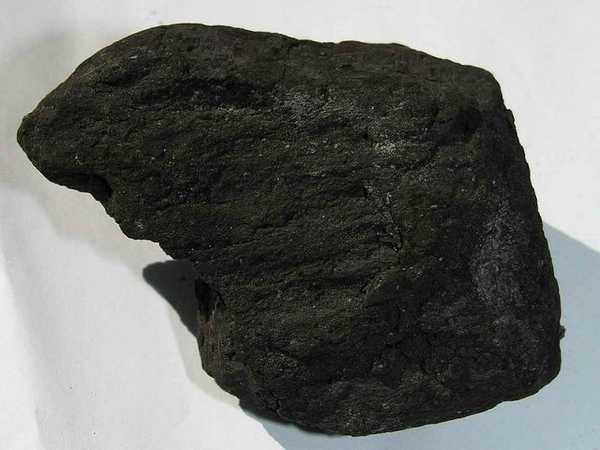
Subbitominous coal- black color, less pronounced fibrous structure, higher calorific value compared to lignite, lower moisture content (30%). It crumbles during transportation, and weathers in the open air. When burned, it releases 5-6 kW / kg. It is used both in power engineering and in housing and communal services for heating.
bituminous coal has the highest calorific value, does not lose its qualities during transportation and storage. It emits 7-9 kW / kg of heat during combustion. Some of its species are used for coking.
Anthracite- jet black charcoal. It has the highest hydrocarbon content. It is difficult to ignite it, but it burns for a long time and without soot, it releases a large amount of heat (more than 9 kW / kg). It is anthracite that is most often used for heating.
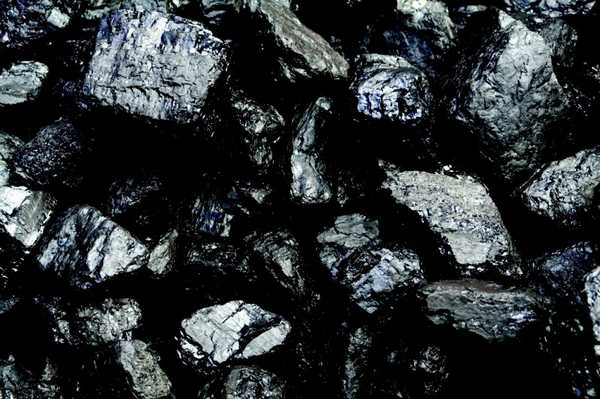
What kind of coal is used for heating
In Russia and the CIS countries, there is a system adopted back in 1988. Coal is classified according to GOST 25543-88, which is divided into 7 categories. Only a few are used for heating:
Long-flame coal (D). It got its name due to the long combustion process with the release of a large amount of heat (5600-5800 kcal / kg). For its ignition and combustion, special blowing is not required, therefore long-flame coals are often used in domestic solid fuel boilers. Depending on the size, it happens:
- WPC - large slab - the size of the pieces is 50-200 mm;
- DPKO - slab fist-nut - sizes of pieces 25-100 mm;
- PO - walnut - 26-50 mm;
- DM - small - sizes 13-25 mm;
- DS - seed - 6-13 mm;
- DR - private - no standard sizes.
Long-flame coal is optimal for heating: the flame is long (similar to “give out” firewood), a lot of heat is released, it ignites and burns easily - natural draft is enough for normal combustion. Its relatively low cost, combined with excellent characteristics, determined the popularity of this brand of coal. It is purchased not only for heating private houses, but also for boiler rooms of educational and medical institutions. Moreover, fuel of any fraction is used: from large "K" to small "M".
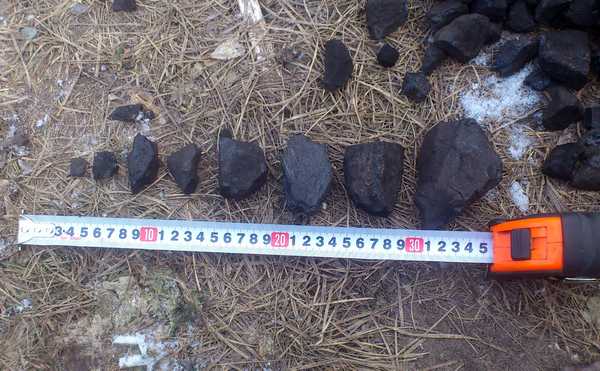
Long-flame gas (DG). Differs from grade D in greater calorific value. All fractions are used for heating private houses: from “large” to “ordinary”. More demanding than long-flame to storage conditions, tk. more intensively weathered.
Anthracite (A). It emits a lot of body, has a low ash content (ash residue 10%), burns for a long time and evenly, the smoke during combustion is white (all other brands “give” black smoke). Despite the high performance, it is impossible to unequivocally recommend it for heating private houses: anthracite has a high cost and is difficult to kindle.
In some cases, they buy lean coals "T", fat "G" or slightly caking "SS". The rest of the classes have predominantly industrial uses. They are used in energy and metallurgy, some grades for coking and enrichment. When choosing coal, you need to pay attention not only to its characteristics, but also to the cost of delivery. If your area does not sell long flame or anthracite, then most likely you will have to make do with what is on the market. You also need to pay attention to the recommendations of the manufacturers of your boiler: the documents usually indicate the brands for which the equipment was designed. They must be used.
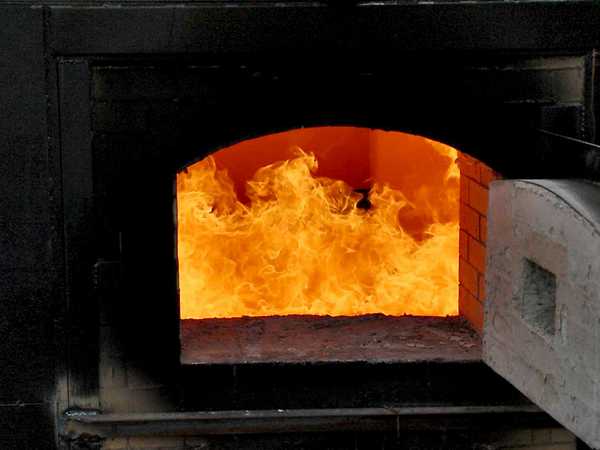
To increase comfort and in order to save money, many people prefer to have several fractions: it is more convenient to melt with the “nut” or “large” fraction, and pour the “seed” for a long burning. For the coldest periods, a certain amount of anthracite is stored, which, although it is difficult to kindle, burns long and hot in a heated boiler.
Coking and enriched coals undergo special treatment to increase their calorific value. These species are used in metallurgy and energy. Such fuel is not suitable for domestic boilers: due to the excessively high combustion temperature, the furnace can break.
If you listen to people with experience, they say that the best effect is given by the following sequence of pouring fuel into the boiler: melt with a long flame, then fill in anthracite of the “nut” fraction - it burns for a long time, you give a lot of heat, and at night add “seeds” to the stove, which will burn until morning.
The order of kindling brick ovens is recommended differently: they kindle the oven with wood, when it flares up well, fall asleep with “seed” or (open the blower and damper for a better supply of oxygen). If there is a lot of dust in the seed, it can be moistened with water - this way it flares up more easily. When the heat in the oven is sufficient, the "fist" can be used.
What is charcoal and what is it used for
Charcoal has been used by people for many thousands of years: it was found during excavations in the settlements of cavemen. It is unlikely that they made it themselves, rather they collected it on fires or preserved the remains of fires, but, apparently, they knew about its properties and knew how to use it.
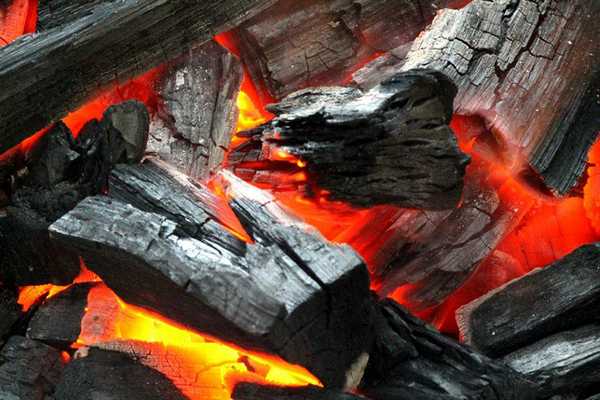
Today, in our country, this type of fuel is mainly used for cooking: it is used in barbecues and barbecues, put in fires. Sometimes they are used for fireplaces: it burns for a long time, emits a lot of heat (7800 KC / kg), and there is almost no smoke and soot. The remaining ash is an excellent fertilizer and is used to fertilize forest land or agricultural fields. Charcoal ash is also used for the production of fertilizers.
In industry, charcoal is used for iron smelting. It takes only 0.5 tons of this fuel to produce a ton of alloy. At the same time, cast iron receives increased resistance to corrosion and strength. As a flux, coal is used in the smelting of brass, bronze, copper, manganese, zinc and nickel. It is used to make a solid lubricant for mechanical engineering, is used for grinding in instrument making and printing, etc. Filters for various purposes are made from charcoal.
Today, charcoal is beginning to be seen as an alternative to traditional fuels: unlike coal, oil and gas, it is a renewable material. Moreover, modern technologies make it possible to obtain charcoal even from industrial waste: from sawdust, dust, shrubs, etc. Briquettes are formed from such crushed raw materials, which give 1.5 times more heat than ordinary charcoal. In this case, heat is released for a longer period of time and the heat is uniform.
How is charcoal made
Until the 20th century, charcoal was obtained by burning wood or specially shaped piles. Wood was laid in them, covered with earth, set on fire through special holes made. This technology is publicly available and is still used in some countries. But it has low efficiency: up to 12 kg of wood is consumed per 1 kg of coal, and it is also impossible to control the quality of the resulting charcoal. The next stage in the development of charcoal burning was the use of pipes in earth furnaces. This improvement increased the efficiency of the process: 8 kg of timber was consumed per kilogram.
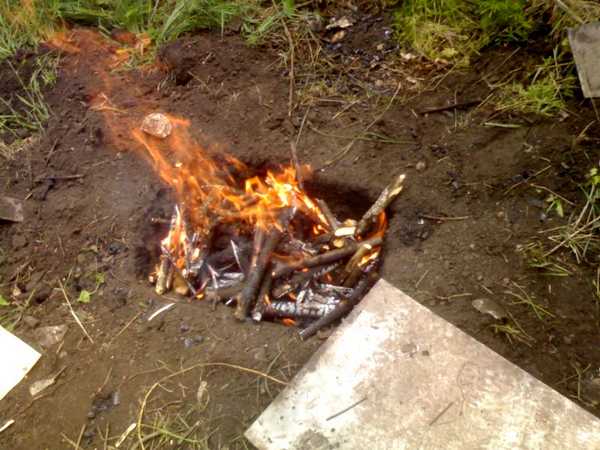
In modern charcoal burners, 3-4 kg of raw materials are consumed per kilogram of product. At the same time, great attention is paid to the environmental friendliness of the process: during the production of charcoal, a lot of smoke, soot and harmful gases are released into the atmosphere. Modern installations capture the emitted gases, send them to special chambers, where it is used to heat the furnace to the coking temperature.
The transformation of wood into charcoal takes place in an oxygen-free atmosphere at high temperature (pyrolysis reaction). The whole process is divided into three stages:
- at 150 ° C, moisture is removed from the wood;
- at 150-350 about With the release of gases and the formation of organic products;
- at 350-550 ° C, resins and non-condensable gases are separated.
According to GOST, charcoal is divided into several grades depending on the type of wood used:
- A - hardwood species;
- B - hard and soft hardwood, coniferous species (o).
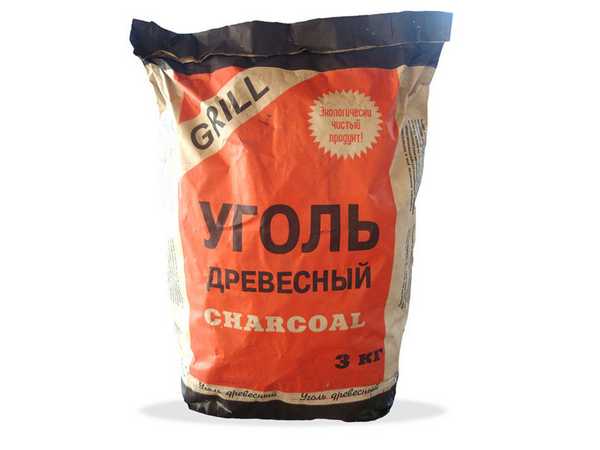
Grades B and C - most often these are charcoal briquettes, for the manufacture of which waste from wood processing enterprises is used. This is an excellent type of biofuel, which has long been used in Europe for heating and even in power plants: when they are burned, sulfur compounds are not formed (there is no sulfur in charcoal), and hydrocarbons are contained in minimal quantities. Using the technology of ancestors, you can burn coal for your own needs yourself. .
